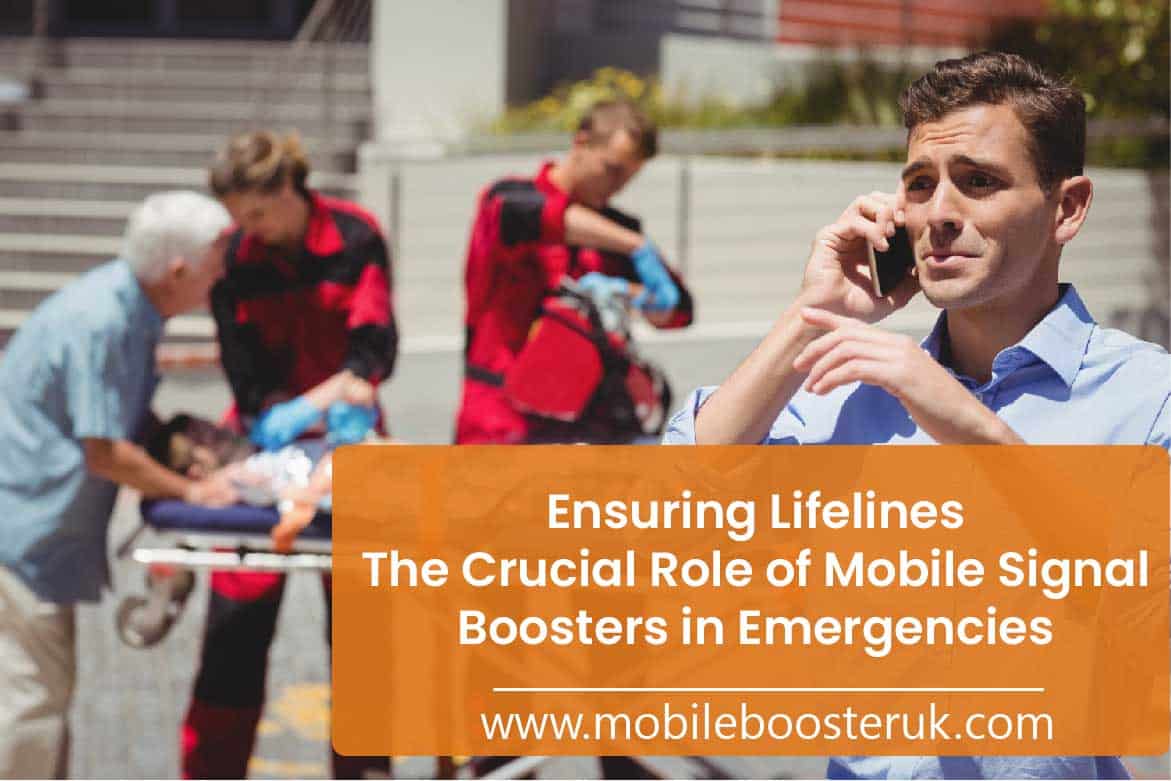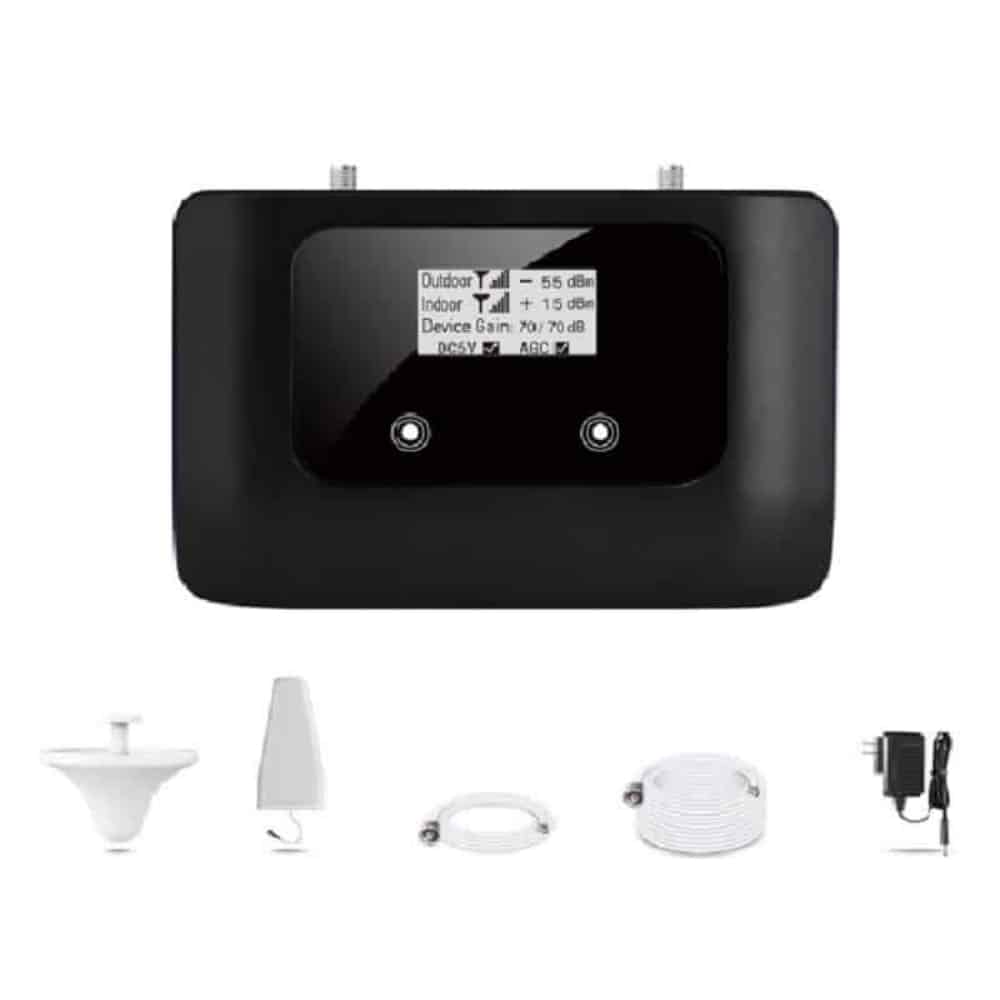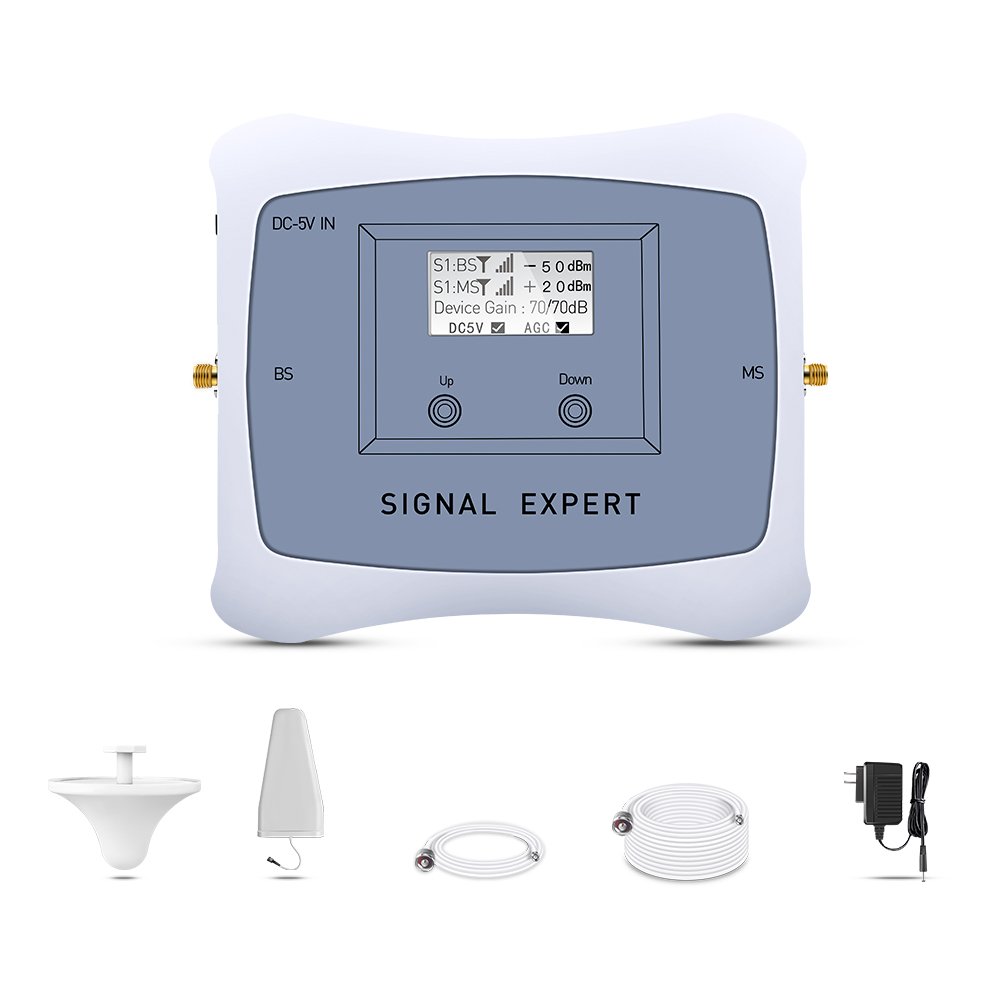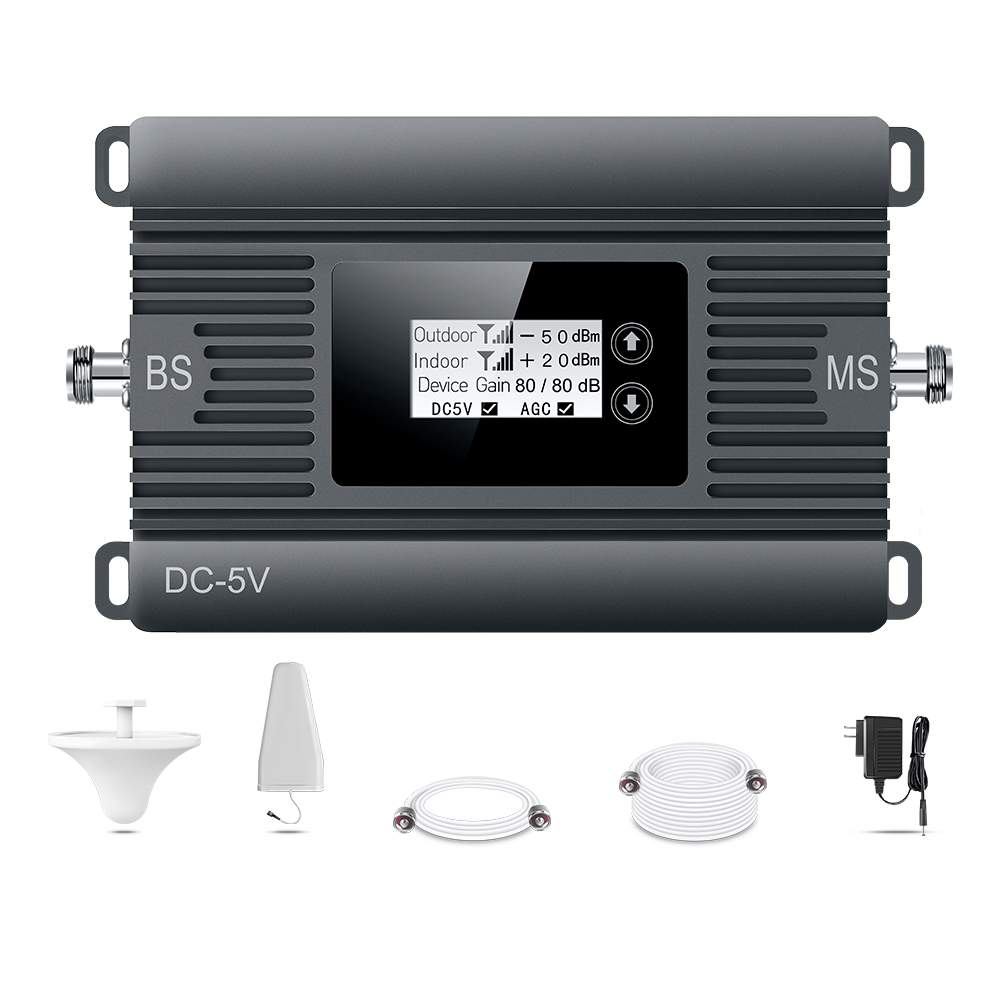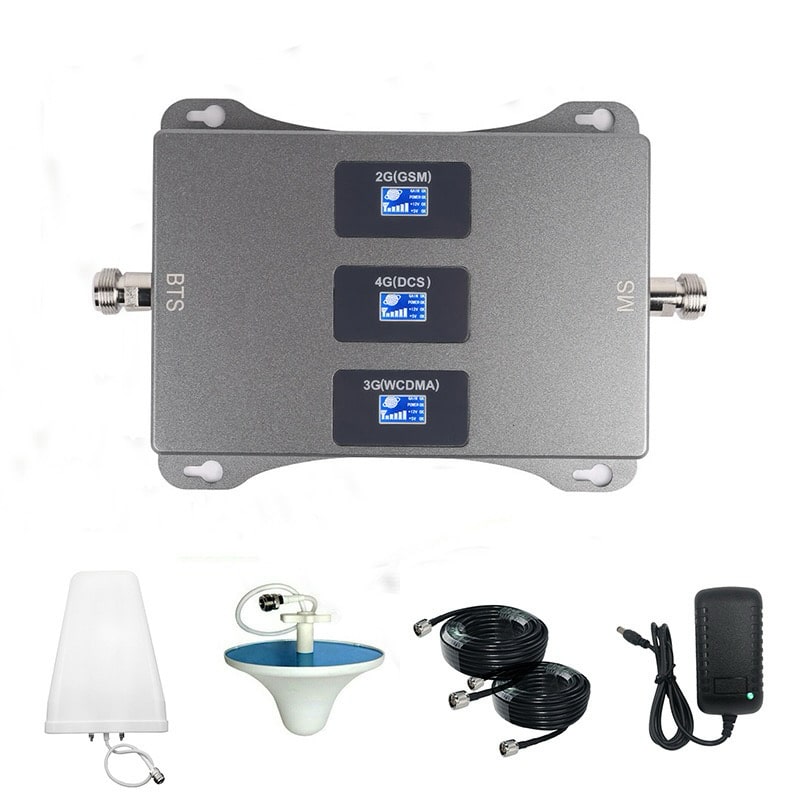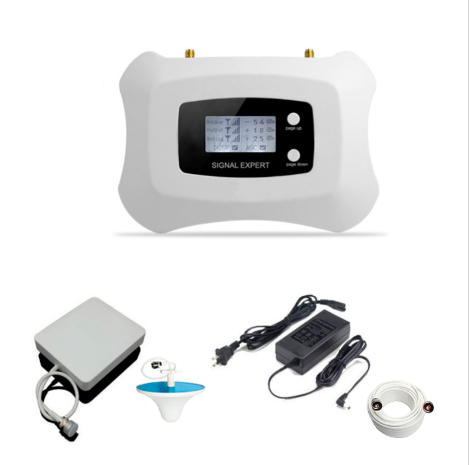The Crucial Role of Mobile Signal Boosters in Emergencies
In times of crisis, staying connected can be a matter of life and death. Whether facing natural disasters, medical emergencies, or other unforeseen events, access to reliable communication is paramount for coordinating rescue efforts, seeking assistance, and ensuring the safety of individuals in distress. Yet, in many emergency situations, traditional means of communication may falter, leaving people isolated and vulnerable. This is where mobile signal boosters step in, playing a crucial role in providing a lifeline when it matters most.
Understanding the Challenges of Communication in Emergencies
During emergencies, various factors can disrupt communication networks, including:
- Infrastructure Damage: Natural disasters such as earthquakes, hurricanes, or floods can damage cell towers and other communication infrastructure, leading to widespread service outages.
- Overwhelmed Networks: The sudden surge in call volumes during emergencies can overwhelm cellular networks, causing congestion and making it difficult for individuals to connect with emergency services or loved ones.
-
Remote Locations: In remote or rural areas, weak mobile signals are already a challenge, and emergencies exacerbate this issue, making it harder for residents to reach out for help or receive timely assistance.
The Vital Role of Mobile Signal Boosters
Mobile signal boosters serve as a critical tool in mitigating the challenges of communication during emergencies by:
- Amplifying Weak Signals: Signal boosters capture existing outdoor signals, amplify them, and redistribute them indoors, ensuring that individuals have access to enhanced connectivity even in areas with weak signal coverage.
- Extending Coverage: By extending the reach of cellular signals, signal boosters enable individuals in remote or rural areas to maintain communication with emergency services, family members, and support networks.
- Facilitating Emergency Calls: Signal boosters enhance the reliability of voice calls, text messages, and data transmission, enabling individuals to quickly communicate their location, needs, and situation to emergency responders and loved ones.
- Ensuring Continuity: Even in areas where traditional means of communication are disrupted, signal boosters powered by alternative energy sources such as batteries or generators can continue to provide essential connectivity, ensuring continuity of communication during prolonged emergencies.
Practical Applications in Various Emergency Scenarios
Natural Disasters
In the aftermath of earthquakes, hurricanes, or wildfires, signal boosters enable survivors to reach out for help, coordinate rescue efforts, and receive critical information about evacuation routes, shelters, and relief services.
Medical Emergencies
In medical emergencies, signal boosters facilitate communication between patients, caregivers, and medical professionals, ensuring timely access to medical assistance and emergency medical services.
Remote Areas
Signal boosters are particularly invaluable in remote or isolated areas where traditional communication infrastructure is limited or nonexistent, providing a vital link to emergency services and support networks.
Community Resilience
Signal boosters contribute to building community resilience by enabling neighbours to stay connected and support each other during emergencies. They foster a sense of solidarity and cooperation, allowing residents to share critical information, resources, and assistance.
Emergency Alert Systems Integration
Signal boosters can integrate with emergency alert systems, such as Wireless Emergency Alerts (WEA) or Reverse 112 in the Netherlands, to ensure that individuals receive timely notifications about imminent threats, evacuation orders, or other important emergency information.
Accessibility for Vulnerable Populations
Signal boosters are essential for ensuring that vulnerable populations, such as the elderly, individuals with disabilities, or those with limited mobility, have equitable access to emergency communication services. They enable caregivers and support networks to stay connected and provide assistance as needed.
Supporting First Responders
Signal boosters not only benefit individuals in distress but also support the efforts of first responders and emergency services. By providing reliable communication channels, signal boosters help emergency personnel coordinate rescue operations, deploy resources efficiently, and communicate effectively with command centers and other agencies.
Disaster Recovery and Reconstruction
In the aftermath of disasters, signal boosters facilitate communication during the recovery and reconstruction phases. They enable residents to coordinate cleanup efforts, navigate insurance claims, and stay informed about community rebuilding initiatives, fostering resilience and recovery.
Government and NGO Deployment
Governments, NGOs, and disaster response organizations can deploy signal boosters strategically to enhance communication capabilities in disaster-prone areas or communities with limited infrastructure. These deployments can be part of broader initiatives to strengthen emergency preparedness and response at the local, regional, or national level.
Public Education and Awareness
Promoting public education and awareness about the importance of signal boosters in emergencies is essential. Outreach campaigns, workshops, and informational materials can empower individuals to understand how signal boosters work, how to deploy them effectively, and where to access resources in times of need.
Regulatory Considerations
It’s important to consider regulatory frameworks governing the deployment and operation of signal boosters, including licensing requirements, frequency usage, and compliance with safety standards. Collaboration between stakeholders, including government agencies, telecommunications providers, and industry experts, can help navigate these regulatory complexities and ensure the responsible deployment of signal boosters in emergencies.
International Relief Efforts
Signal boosters play a crucial role in international relief efforts following major disasters. Organizations such as the Red Cross and UNICEF deploy signal boosters to disaster-affected regions to establish communication networks, coordinate aid delivery, and facilitate contact between affected populations and their families abroad.
Satellite Connectivity Integration
In remote or disaster-prone areas with limited terrestrial infrastructure, satellite signal boosters provide a reliable alternative for maintaining communication during emergencies. These systems leverage satellite technology to establish communication links independent of terrestrial networks, ensuring connectivity in even the most challenging environments.
Temporary Emergency Communication Centers
Signal boosters can be deployed as part of temporary emergency communication centers established in disaster-affected areas. These centers serve as hubs for coordinating relief efforts, providing telecommunications services to residents, and disseminating critical information to the public.
Community-Based Emergency Preparedness Initiatives
Community-based organizations and grassroots initiatives often leverage signal boosters as part of their emergency preparedness strategies. These initiatives involve training community members to install and operate signal boosters, establishing communication protocols, and building local capacity to respond effectively to emergencies.
Integration with Other Emergency Technologies
Signal boosters can integrate with other emergency technologies, such as GPS tracking systems, drones, and sensors, to enhance situational awareness and response capabilities during emergencies. These integrated solutions enable more effective coordination of resources and response efforts in real-time.
Data Security and Privacy Considerations
In deploying signal boosters for emergency communication, it’s essential to consider data security and privacy implications. Measures such as encryption, authentication protocols, and data anonymization help protect sensitive information and ensure the confidentiality of communications during emergencies.
Public-Private Partnerships
Collaboration between the public and private sectors is critical for advancing emergency communication capabilities. Public-private partnerships facilitate the sharing of resources, expertise, and technology, enabling more comprehensive and resilient emergency communication systems.
Continuous Improvement and Innovation
As technology evolves and new challenges emerge, ongoing innovation and continuous improvement are essential for enhancing the effectiveness of signal boosters in emergencies. Research and development efforts focus on developing advanced signal-boosting technologies, optimizing network performance, and addressing emerging threats to communication resilience.
Training and Capacity Building
Providing training and capacity-building initiatives for communities, emergency responders, and volunteers is crucial for maximizing the effectiveness of signal boosters in emergencies. Training programs cover topics such as signal booster installation, troubleshooting, and emergency communication protocols, empowering participants to deploy and maintain communication systems effectively during crises.
Cross-Border Communication
In situations where emergencies span multiple jurisdictions or countries, signal boosters facilitate cross-border communication and collaboration between different response agencies and communities. They bridge communication gaps, facilitate information sharing, and enable coordinated response efforts across borders, ensuring a more effective and cohesive emergency response.
Inclusion of Vulnerable Populations
Signal booster deployment strategies should prioritize the inclusion of vulnerable populations, such as the elderly, individuals with disabilities, and marginalized communities. Special consideration should be given to their unique communication needs and challenges, ensuring that signal boosters are accessible, culturally appropriate, and inclusive of diverse perspectives and experiences.
Research and Evaluation
Rigorous research and evaluation efforts are essential for assessing the impact and effectiveness of signal boosters in emergency settings. Studies explore factors such as deployment strategies, technology performance, user experiences, and outcomes, informing evidence-based practices and guiding future investments in emergency communication infrastructure.
Policy Advocacy
Advocacy efforts aim to raise awareness about the importance of signal boosters in emergencies and advocate for supportive policies and regulations at the local, national, and international levels. Policy advocacy initiatives focus on issues such as funding allocation, regulatory frameworks, spectrum management, and interoperability standards, creating an enabling environment for the deployment and utilization of signal boosters in emergency response and preparedness.
Community Engagement and Participation
Engaging communities in the design, implementation, and evaluation of signal booster initiatives fosters ownership, trust, and resilience. Community engagement activities involve consultation, collaboration, and participatory decision-making processes, empowering residents to contribute their knowledge, expertise, and resources to emergency communication efforts.
Crisis Communication Planning
Integrating signal boosters into comprehensive crisis communication plans enhances preparedness and response capabilities. Crisis communication planning involves developing communication strategies, protocols, and resources for various emergency scenarios, ensuring a coordinated and effective response to crises that prioritize the safety and well-being of individuals and communities.
Conclusion: Enhancing Emergency Preparedness with Signal Boosters
In conclusion, mobile signal boosters play a pivotal role in enhancing emergencies and response efforts by providing reliable communication when traditional networks are compromised. As indispensable tools in mitigating the challenges of communication during emergencies, signal boosters empower individuals to stay connected, informed, and safe in times of crisis. By recognizing the crucial role of signal boosters in emergencies and investing in their deployment, communities can strengthen their resilience and ensure that no one is left stranded or isolated when disaster strikes. In emergencies, every second counts, and with signal boosters, every connection could mean the difference between life and death.
